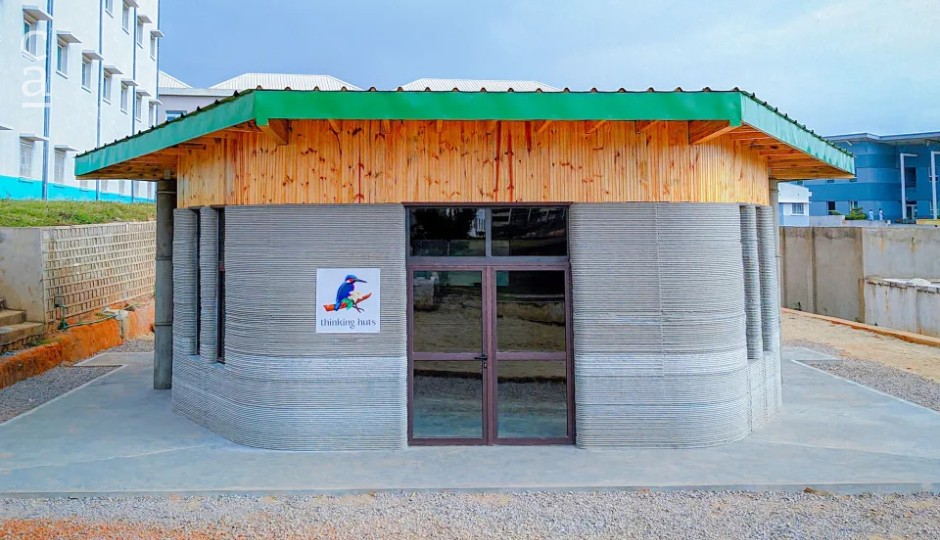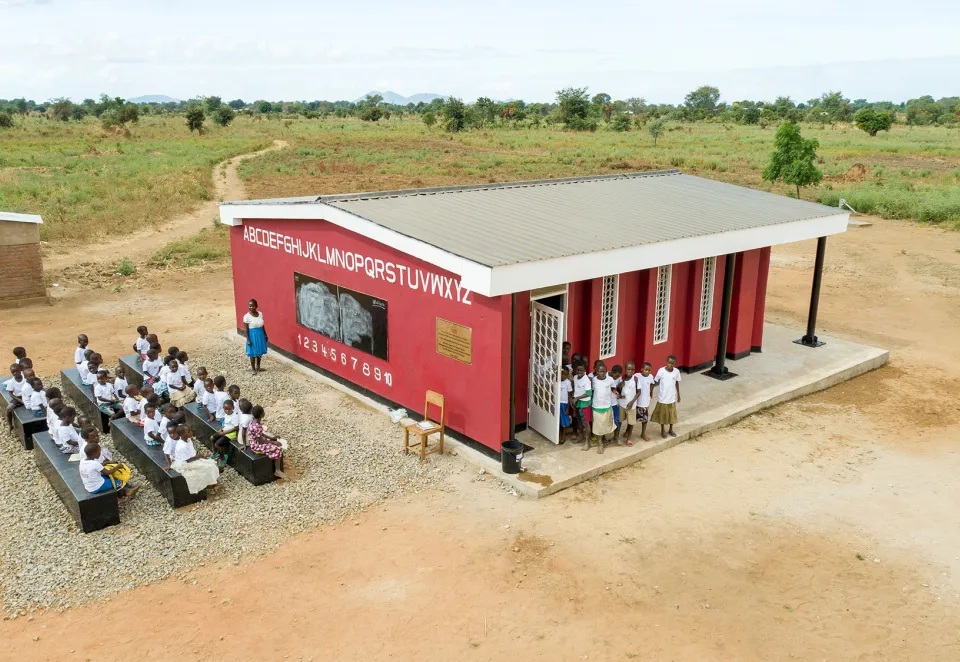The Role of AI and Sustainability in the African Construction Industry
AI and sustainability in African construction enhance efficiency, preserve heritage, and promote environmental stewardship.

The construction industry in Africa is gradually embracing digital technologies, with artificial intelligence (AI) emerging as a pivotal force in this transformation. AI applications in construction range from design generation to safety prediction, significantly enhancing operational efficiency.
However, the ethical implications of AI, particularly concerning job displacement in a continent with a burgeoning youth population, remain a contentious issue. While there are concerns that AI could replace human workers, it is more likely to augment their capabilities, as construction heavily relies on human judgment and expertise. AI can analyse vast datasets to predict project outcomes, thereby aiding decision-making processes and improving overall project management.
Despite the potential benefits of AI, the adoption of advanced technologies like 3D printing in the African construction sector is still minimal compared to other regions. In manufacturing, 3D printing facilitates rapid component replacement, which can significantly reduce carbon emissions. However, the construction industry in Africa has yet to fully leverage this technology, resulting in a lag in sustainable practices that could enhance efficiency and reduce environmental impact.

Understanding Sustainability in Construction
Sustainability in construction is often misconstrued as merely the inclusion of green spaces. In reality, it encompasses a broader spectrum of social, economic, and environmental factors. For instance, the sustainability of road infrastructure must consider community impacts, habitat preservation, and job creation. The effects of demolition on property owners and local communities are also critical; demolishing old structures can be unsustainable, especially when these buildings possess historical significance or potential for income generation. Preserving such structures not only maintains cultural heritage but also contributes to reducing carbon footprints by minimizing waste.
Reviving Traditional Practices for Sustainable Construction
African countries can enhance sustainability in construction by integrating eco-friendly practices that prioritize local materials and labour. Traditional architectural designs that utilize indigenous materials—such as gravel, raffia, and bamboo—can be revived to create structures that are both sustainable and culturally relevant. Engineering designs that emphasize natural lighting and ventilation can significantly reduce energy consumption, echoing the principles of older buildings that were inherently designed for efficiency.
Moreover, harmonizing new constructions with the natural environment is essential. For example, minimizing disruption during road construction can enhance eco-friendly practices while also being economically beneficial. Drawing inspiration from traditional African building methods, such as mud houses, can promote sustainable construction practices. These structures typically use local materials, involve community participation, and are designed for self-sufficiency, thereby aligning with modern sustainability goals without compromising profitability.
In conclusion, the integration of AI and sustainable practices in the African construction industry presents a unique opportunity to enhance efficiency, preserve cultural heritage, and promote environmental stewardship. By leveraging local materials and traditional designs, the industry can move towards a more sustainable future that benefits both the economy and the community.

Top Photo: 3D-printed pilot classroom in Madagascar - for Thinking Huts, a nonprofit organization that strives to enhance global access to education infrastructure using 3D printing technology (source: 14trees.com/our-projects)

